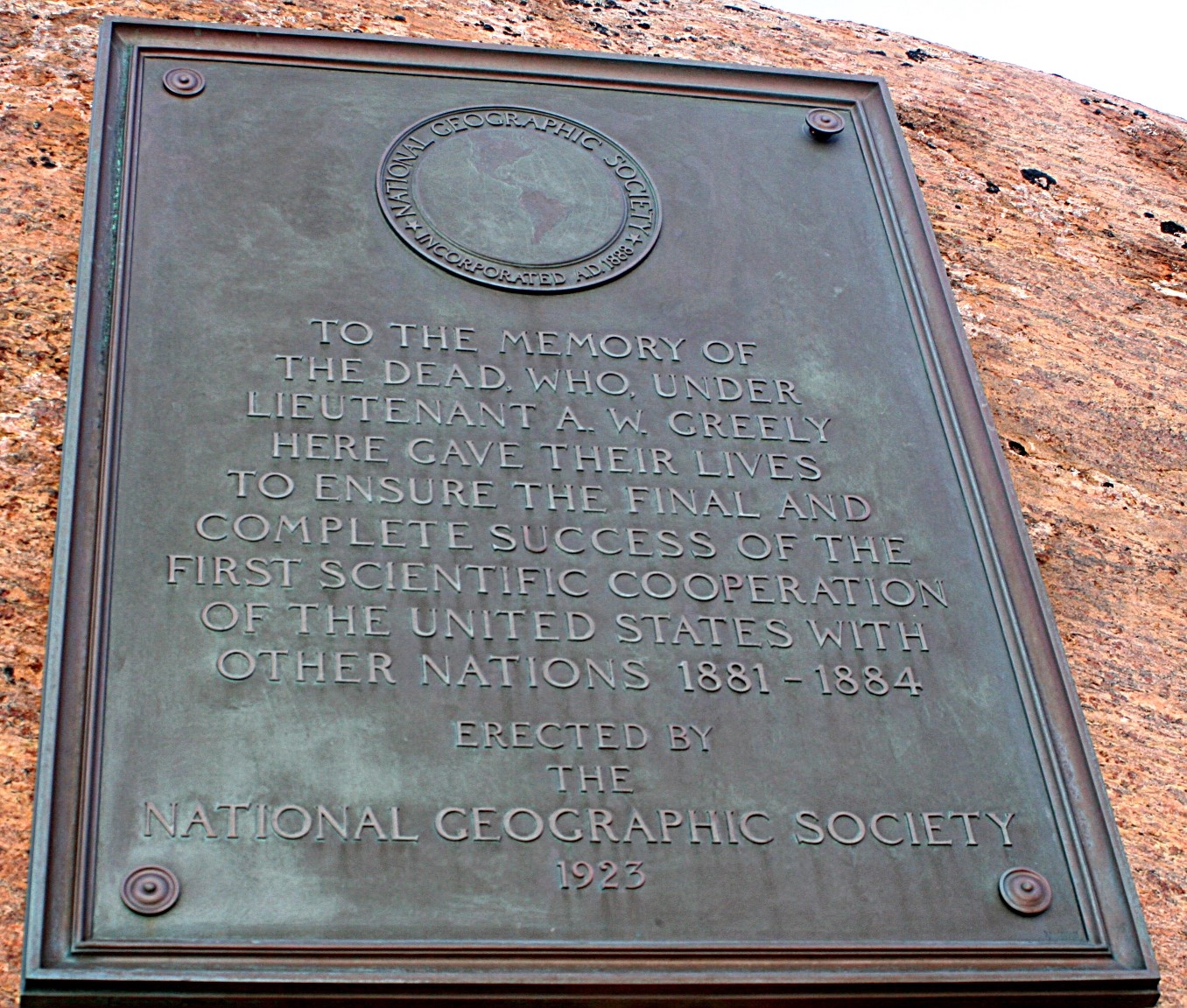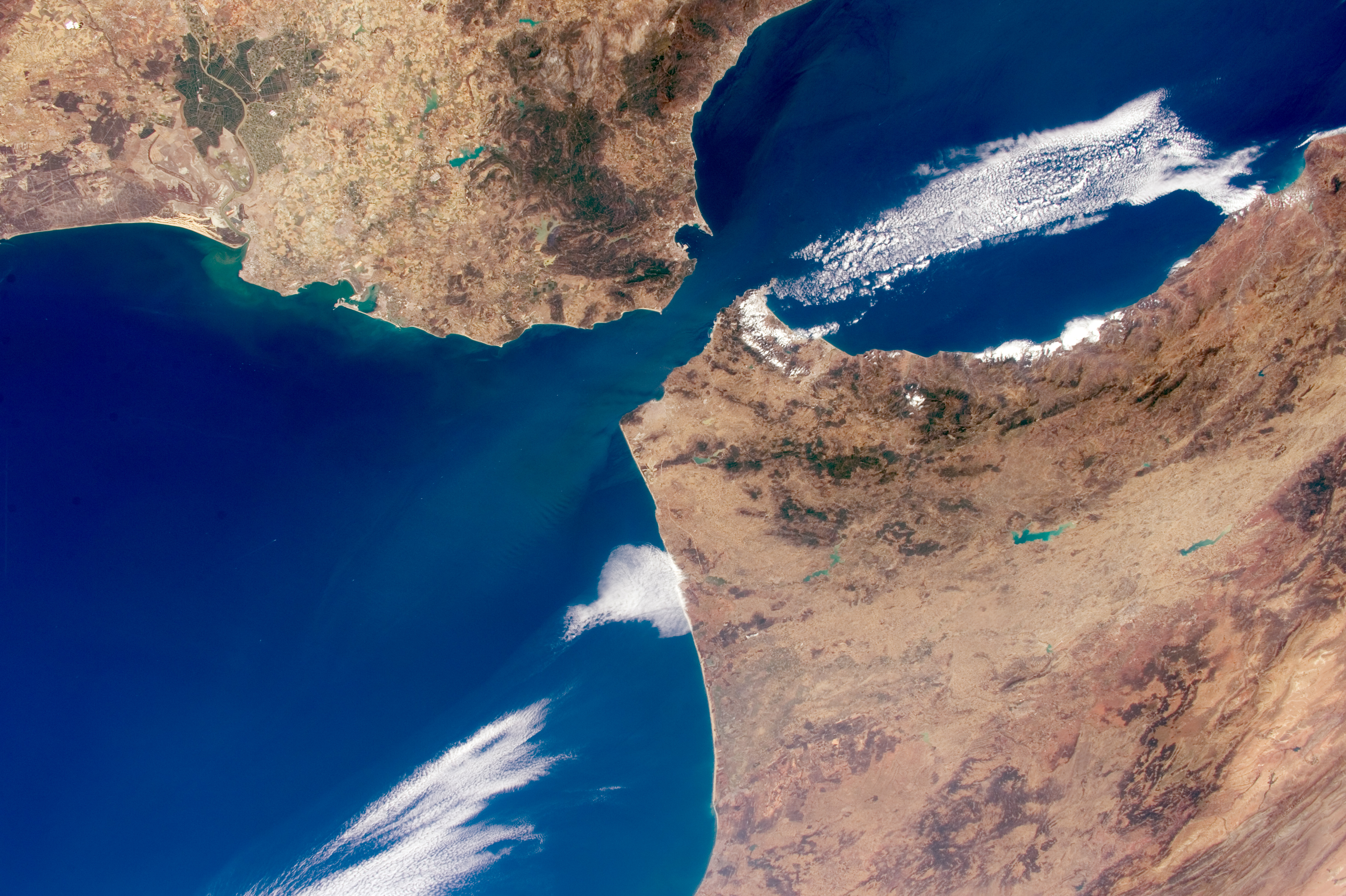|
Rice Strait
Rice Strait is a narrow waterway between Ellesmere Island's eastern coast and Pim Island in northern Canada's territory of Nunavut. It connects Rosse Bay on the south with Buchanan Bay to the north. The strait is named after Sergeant George W. Rice (born 29 June 1855 in Baddeck, Nova Scotia), the photographer on Adolphus Greely's ill-fated Lady Franklin Bay Expedition, and a correspondent with the ''New York Herald''. He was the only Canadian on this United States Army Signal Corps The United States Army Signal Corps (USASC) is a branch of the United States Army responsible for creating and managing Military communications, communications and information systems for the command and control of combined arms forces. It was ... sponsored expedition to the Arctic. Rice died on 9 April 1884, before the expedition's rescue. References Straits of Qikiqtaaluk Region Bodies of water of Baffin Bay {{QikiqtaalukNU-geo-stub ... [...More Info...] [...Related Items...] OR: [Wikipedia] [Google] [Baidu] |
Waterway
A waterway is any Navigability, navigable body of water. Broad distinctions are useful to avoid ambiguity, and disambiguation will be of varying importance depending on the nuance of the equivalent word in other ways. A first distinction is necessary between maritime shipping routes and waterways used by inland water craft. Maritime shipping routes cross oceans and seas, and some lakes, where navigability is assumed, and no engineering is required, except to provide the draft for deep-sea shipping to approach seaports (Channel (geography), channels), or to provide a short cut across an isthmus; this is the function of ship canals. Dredged channels in the sea are not usually described as waterways. There is an exception to this initial distinction, essentially for legal purposes, see under international waters. Where seaports are located inland, they are approached through a waterway that could be termed "inland" but in practice is generally referred to as a "maritime waterway ... [...More Info...] [...Related Items...] OR: [Wikipedia] [Google] [Baidu] |
Ellesmere Island
Ellesmere Island (; ) is Canada's northernmost and List of Canadian islands by area, third largest island, and the List of islands by area, tenth largest in the world. It comprises an area of , slightly smaller than Great Britain, and the total length of the island is . Lying within the Arctic Archipelago, Ellesmere Island is considered part of the Queen Elizabeth Islands. Cape Columbia at is the most northerly point of land in Canada and one of the most northern points of land on the planet (the most northerly point of land on Earth is the nearby Kaffeklubben Island of Greenland). The Arctic Cordillera mountain system covers much of Ellesmere Island, making it the most mountainous in the Arctic Archipelago. More than one-fifth of the island is protected as Quttinirpaaq National Park. In 2021, the population of Ellesmere Island was recorded at 144. There are three settlements: Alert, Nunavut, Alert, Eureka, Nunavut, Eureka, and Grise Fiord. Ellesmere Island is administered as ... [...More Info...] [...Related Items...] OR: [Wikipedia] [Google] [Baidu] |
Pim Island
Pim Island (previously Bedford Pim Island) is an uninhabited island located off the eastern coast of Ellesmere Island, part of the Qikiqtaaluk Region of the Canadian territory of Nunavut. Located within the Arctic Archipelago, it is a part of the Queen Elizabeth Islands. Pim Island is separated from Ellesmere Island by Rice Strait, the waterway that connects Rosse Bay to the south and Buchanan Bay to the north. Nares Strait is to the east. Pim Island is from Cocked Hat Island. History The Adolphus Greely expedition wintered at Camp Clay in 1883, and in 1884, Cape Sabine was the rescue site for Greely and the Lady Franklin Bay Expedition. The island is named in honour of naval officer and barrister Bedford Pim of . References External links Pim Islandin the Atlas of Canada The Atlas of Canada () is an online atlas published by Natural Resources Canada that has information on every city, town, village, and hamlet in Canada. It was originally a print atlas, with its fi ... [...More Info...] [...Related Items...] OR: [Wikipedia] [Google] [Baidu] |
Northern Canada
Northern Canada (), colloquially the North or the Territories, is the vast northernmost region of Canada, variously defined by geography and politics. Politically, the term refers to the three Provinces_and_territories_of_Canada#Territories, territories of Canada: Yukon, Northwest Territories and Nunavut. This area covers about 48 per cent of Canada's total land area, but has less than 0.5 per cent of demographics of Canada, Canada's population. The terms "northern Canada" or "the North" may be used in contrast with ''the far north'', which may refer to the Canadian Arctic, the portion of Canada that lies north of the Arctic Circle, east of Alaska and west of Greenland. However, in many other uses the two areas are treated as a single unit. Capitals The capital cities of the three northern territories, from west to east, are: * Yukon - Whitehorse * Northwest Territories - Yellowknife * Nunavut - Iqaluit Definitions Subdivisions As a social rather than political region, the C ... [...More Info...] [...Related Items...] OR: [Wikipedia] [Google] [Baidu] |
Nunavut
Nunavut is the largest and northernmost Provinces and territories of Canada#Territories, territory of Canada. It was separated officially from the Northwest Territories on April 1, 1999, via the ''Nunavut Act'' and the Nunavut Land Claims Agreement, ''Nunavut Land Claims Agreement Act'', which provided this territory to the Inuit for self-government. The boundaries had been drawn in 1993. The creation of Nunavut resulted in the territorial evolution of Canada, first major change to Canada's political map in half a century since the province of Newfoundland and Labrador, Newfoundland (now Newfoundland and Labrador) was admitted in 1949. Nunavut comprises a major portion of Northern Canada and most of the Arctic Archipelago. Its vast territory makes it the list of the largest country subdivisions by area, fifth-largest country subdivision in the world, as well as North America's second-largest (after Greenland). The capital Iqaluit (formerly "Frobisher Bay"), on Baffin Island in ... [...More Info...] [...Related Items...] OR: [Wikipedia] [Google] [Baidu] |
Rosse Bay
Rosse Bay is an Arctic waterway in the Qikiqtaaluk Region, Nunavut, Canada. It is located in Nares Strait between Pim Island and Ellesmere Island's Johan Peninsula. The bay is also connected to Rice Strait. Geography Physical characteristics include a gravel and sand moraine A moraine is any accumulation of unconsolidated debris (regolith and Rock (geology), rock), sometimes referred to as glacial till, that occurs in both currently and formerly glaciated regions, and that has been previously carried along by a gla ... ridge on its southwestern shore. There are also tidewater glaciers. The main discharge of Lefferts Glacier is into Rosse Bay. References Bays of Qikiqtaaluk Region {{QikiqtaalukNU-geo-stub ... [...More Info...] [...Related Items...] OR: [Wikipedia] [Google] [Baidu] |
Buchanan Bay
Buchanan Bay is an Arctic waterway in Qikiqtaaluk Region, Nunavut, Canada. It is located in Nares Strait by eastern Ellesmere Island. The bay is bordered by Cape Camperdown on Bache Peninsula to the north, Cape Rutherford on Johan Peninsula to the south, and the Alexandra Fiord at its head. It is long, and up to wide. Fauna Muskox The muskox (''Ovibos moschatus'') is a hoofed mammal of the family Bovidae. Native to the Arctic, it is noted for its thick coat and for the strong odor emitted by males during the seasonal rut, from which its name derives. This musky odor ha ... frequent the area. References Bays of Qikiqtaaluk Region Ellesmere Island {{QikiqtaalukNU-geo-stub ... [...More Info...] [...Related Items...] OR: [Wikipedia] [Google] [Baidu] |
George W
George Walker Bush (born July 6, 1946) is an American politician and businessman who was the 43rd president of the United States from 2001 to 2009. A member of the Bush family and the Republican Party (United States), Republican Party, he is the eldest son of the 41st president, George H. W. Bush, and was the 46th governor of Texas from 1995 to 2000. Bush flew warplanes in the Texas Air National Guard in his twenties. After graduating from Harvard Business School in 1975, he worked in the oil industry. He later co-owned the Major League Baseball team Texas Rangers (baseball), Texas Rangers before being elected governor of Texas 1994 Texas gubernatorial election, in 1994. Governorship of George W. Bush, As governor, Bush successfully sponsored legislation for tort reform, increased education funding, set higher standards for schools, and reformed the criminal justice system. He also helped make Texas the Wind power in Texas, leading producer of wind-generated electricity in t ... [...More Info...] [...Related Items...] OR: [Wikipedia] [Google] [Baidu] |
Baddeck, Nova Scotia
Baddeck () is a village on Cape Breton Island in northeastern Nova Scotia, Canada. It is situated in the center of Cape Breton, approximately 6 km east of where the Baddeck River empties into Bras d'Or Lake. Baddeck is the shire-town of the Municipality of Victoria County, with an elected village commission having limited authority over water, sewer, side streets and some bylaws. The population was 818 in the 2021 Census of Population. The area was first occupied by Mi'kmaq people and later settled by United Empire Loyalists and Scottish Gaels in the late 18th and early 19th centuries. The area prospered in the 19th and early 20th centuries as a service and shipping center for surrounding mining, trapping, fishing, forestry, and farming activities. Today the economy depends on services, cultural activities, and tourism. Toponymy Baddeck is a Mi'kmaq language place name. The French called it La Bedeque, while Canadian Gaelic speakers called it Badaig. Its original name, ' ... [...More Info...] [...Related Items...] OR: [Wikipedia] [Google] [Baidu] |
Adolphus Greely
Adolphus Washington Greely (March 27, 1844 – October 20, 1935) was a United States Army officer and polar explorer. He attained the rank of major general and was a recipient of the Medal of Honor. A native of Newburyport, Massachusetts, and an 1860 graduate of Brown High School (now Newburyport High School), in 1861 he enlisted in the Union Army for the American Civil War. He received his commission as a second lieutenant in 1863 and was promoted to first lieutenant in 1864 and captain in 1865. At the end of the war he received a brevet promotion to major in recognition of his wartime accomplishments. After the war, Greely accepted a second lieutenant's commission in the regular army. In 1881, he was appointed to command the Lady Franklin Bay Expedition, a 25-man expedition organized to carry out Arctic explorations. The expedition ran short of food and several resupply and rescue missions were unsuccessful, and by the time Greely and his men were rescued in 1884, t ... [...More Info...] [...Related Items...] OR: [Wikipedia] [Google] [Baidu] |
United States Army Signal Corps
The United States Army Signal Corps (USASC) is a branch of the United States Army responsible for creating and managing Military communications, communications and information systems for the command and control of combined arms forces. It was established in 1860 by Major (United States)#American Civil War, Major Albert J. Myer and played a significant role during the American Civil War. It has the initial responsibility for portfolios and new technologies that are eventually transferred to other U.S. government entities. Such responsibilities included Defense Intelligence Agency, military intelligence, National Weather Service#History, weather forecasting, and Aeronautical Division, U.S. Signal Corps, aviation. Mission statement Support for the command and control of combined arms forces. Signal support includes network operations (information assurance, information dissemination management, and network management) and management of the electromagnetic spectrum. Signal support ... [...More Info...] [...Related Items...] OR: [Wikipedia] [Google] [Baidu] |
Straits Of Qikiqtaaluk Region
A strait is a water body connecting two seas or water basins. The surface water is, for the most part, at the same elevation on both sides and flows through the strait in both directions, even though the topography generally constricts the flow somewhat. In some straits there is a dominant directional current. Most commonly, the strait is a narrowing channel that lies between two land masses. Straits are loci for sediment accumulation, with sand-size deposits usually occurring on the two strait exits, forming subaqueous fans or deltas. Some straits are not navigable because, for example, they are too narrow or too shallow, or because of an unnavigable reef or archipelago. Terminology The terms ''channel'', ''pass'', or ''passage'' can be synonymous and used interchangeably with ''strait'', although each is sometimes differentiated with varying senses. In Scotland, ''firth'' or ''Kyle'' are also sometimes used as synonyms for strait. Many straits are economically important. ... [...More Info...] [...Related Items...] OR: [Wikipedia] [Google] [Baidu] |






